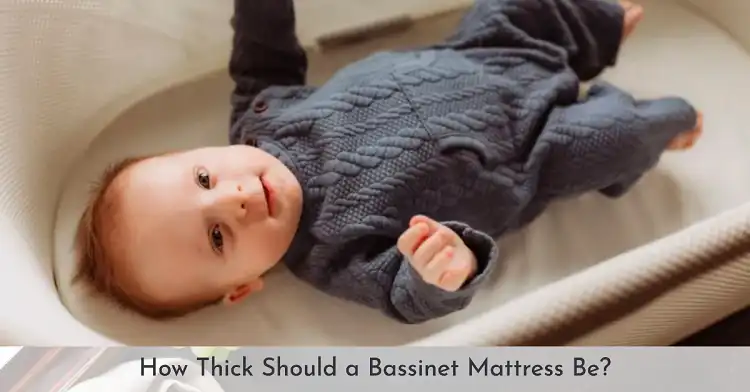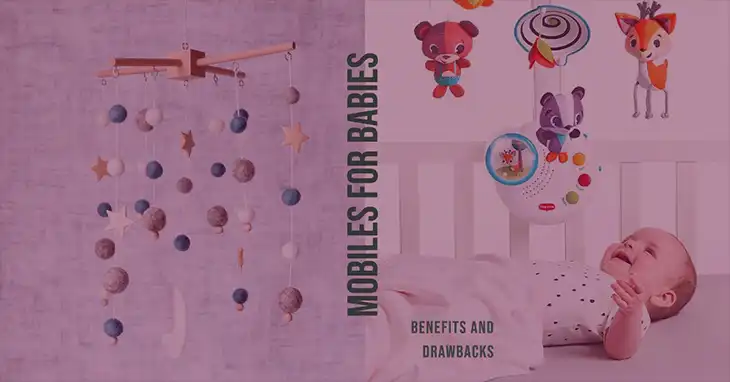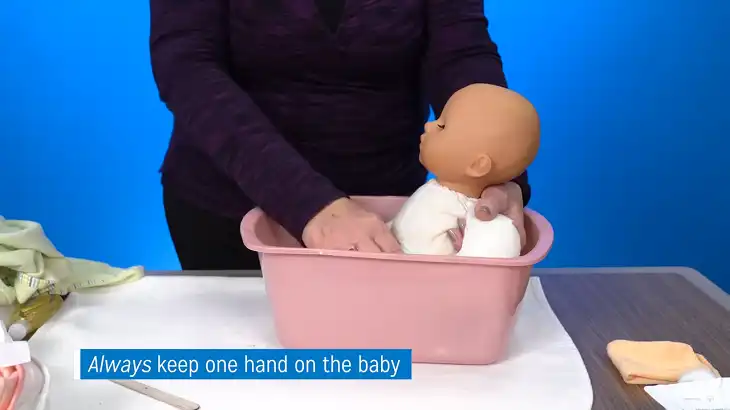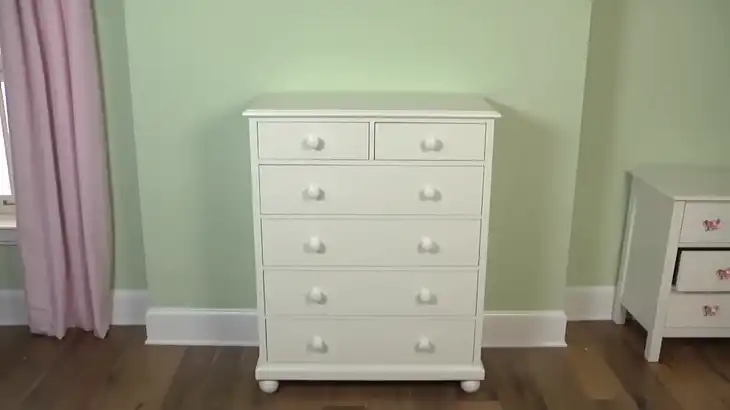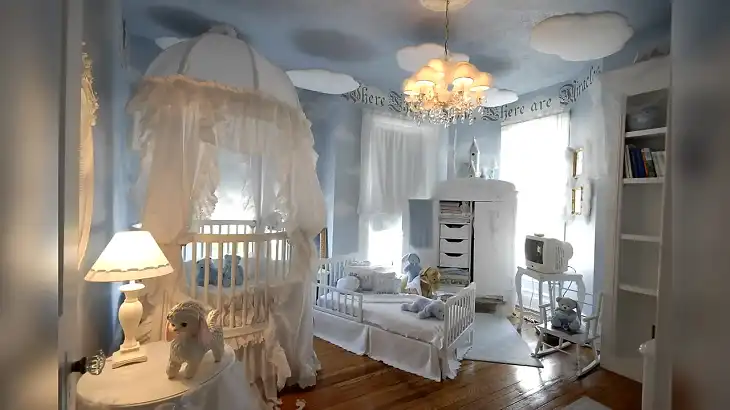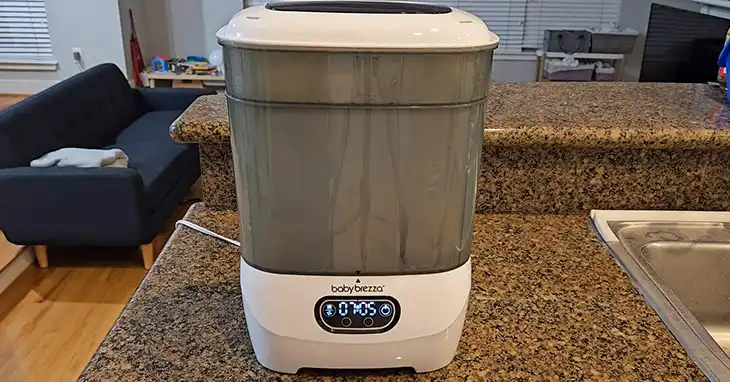17 Toy Chest Organization Ideas

Is your child’s toy chest a bottomless pit where everything disappears? If you’re like most parents, you’ve probably faced the chaos of an overflowing toy chest, where finding that one special toy feels like searching for a needle in a haystack.
But don’t worry—you’re not alone, and there are solutions that can make a world of difference.
In this article, we’ll explore some practical toy chest organization ideas that will help you bring order to the chaos and make playtime a breeze for both you and your little one.
Why Toy Chest Organization Matters
Toy chest organization might seem like a small task, but it has a big impact. Imagine this: it’s a rainy day, your child wants to play, but the toy chest is a jumbled mess.
Frustration sets in as you both dig through piles of toys, unable to find the missing puzzle piece or favorite action figure. This common scenario can turn what should be a fun experience into a stressful one.
When toys are organized, everything has its place, making it easier to find what you’re looking for and to clean up afterwards.
A well-organized toy chest saves time, reduces stress, and even encourages kids to play more creatively.
Plus, it teaches valuable skills like responsibility and the importance of keeping things tidy. In the long run, a bit of organization goes a long way toward a happier, more harmonious home.
Declutter Before You Organize
Before diving into the toy chest organization ideas, it’s essential to tackle the clutter. It might seem overwhelming at first, but taking a systematic approach can make the process much smoother.
Sort and Assess
Start by emptying the toy chest entirely. Go through each toy with your child, sorting them into three piles: keep, donate, and discard. This step is crucial for eliminating toys that are broken, outgrown, or simply no longer used.
Set Limits
Establish a reasonable toy limit to prevent future overflow. This could be a set number of toys or a rule like “one in, one out” to keep the collection manageable.
Encourage Involvement
Involving your child in the decluttering process not only helps them learn the importance of organization but also gives them a sense of ownership over their toys. It’s a great way to teach responsibility and decision-making skills.
Once you’ve decluttered, you’re ready to dive into the fun part—organizing the toys in a way that’s both practical and kid-friendly.
Toy Chest Organization Ideas
Now that you’ve decluttered, it’s time to dive into some creative and practical toy chest organization ideas. These tips will help you maximize space, keep things tidy, and make it easier for your child to find and put away their toys.
Use Clear Bins Inside the Chest
Clear bins allow you to see what’s inside without having to dig through everything. They’re perfect for grouping similar toys together, like building blocks or action figures, making it easy to grab what you need in a snap.
Label Everything
Labelling is a game-changer when it comes to toy organization. Whether you use words or pictures, labels help your child know exactly where each toy belongs. This not only makes clean-up quicker but also teaches your little one some basic organizational skills.
Add Dividers
Dividers are perfect for separating different types of toys within the chest. For example, you could have one section for dolls, another for cars, and a third for puzzles. This way, everything has its own designated spot, reducing the chances of toys getting lost or mixed up.
Create a Toy Rotation System
A rotation system keeps toys fresh and exciting. Store some toys in the chest and keep others in a separate storage area. Every few weeks, swap them out. This not only reduces clutter but also makes old toys feel new again when they reappear.
Use a Mix of Small and Large Bins
Not all toys are the same size, so having a variety of bin sizes inside the chest is key. Use smaller bins for things like figurines and larger bins for bulkier items like stuffed animals. This approach helps you utilize every inch of the chest effectively.
Incorporate a Color-Coding System
Assign different colors to various toy categories—like red for art supplies and blue for cars. Color-coding adds a visual element that’s especially helpful for younger children, making it easier for them to understand where everything goes.
Install Pull-Out Drawers
If your toy chest has enough space, consider adding pull-out drawers. These are great for making the bottom of the chest more accessible, so toys don’t get lost in the depths. Drawers also add an extra layer of organization within the chest.
Use Stackable Bins
Stackable bins help you make the most of vertical space within the chest. They’re perfect for storing small items and can be easily rearranged as your child’s toy collection changes over time.
Add Hooks Inside the Lid
Don’t overlook the underside of the chest’s lid! Installing hooks here gives you extra storage for small bags, costumes, or toys with handles. It’s an easy way to utilize space that would otherwise go unused.
Include a Book Compartment
If your toy chest is big enough, consider adding a section for books. This way, you can store both toys and reading materials in one convenient spot, making it easier to encourage both play and reading time.
Add a Soft-Close Hinge
A soft-close hinge prevents the lid from slamming shut, which is not only safer for little fingers but also keeps the noise level down. It’s a small addition that can make a big difference in daily use.
Use a Toy Chest with a Seating Option
Some toy chests double as benches, offering both storage and a place to sit. This is a great space-saving solution, especially in smaller rooms, and it gives your child a comfortable spot to sit while playing.
Incorporate a Theme
Make the toy chest a fun part of the room by matching it to the room’s decor or your child’s favorite character. Whether it’s a pirate chest for an adventurous theme or a pastel box for a princess vibe, a themed chest can make organizing more enjoyable.
Add a Toy Shelf on Top
If space allows, consider adding a small shelf on top of the chest. This gives you additional storage for frequently used toys, books, or display items, keeping them within easy reach without cluttering the main storage space.
Keep a ‘Quick Clean-Up’ Basket
Place a small basket inside the chest for those times when you need a quick clean-up. Tossing toys into this basket instead of sorting them immediately makes tidying up fast and easy, especially on busy days.
Create Zones Within the Chest
Designating different zones for various types of toys can make a huge difference. For instance, you could have one section for art supplies, another for building blocks, and a third for dress-up clothes. This way, everything stays organized, and your child knows exactly where to find what they need.
Customize the Chest
Personalize the toy chest with your child’s name, favorite colors, or a fun design. A customized chest feels special and encourages your child to take pride in keeping it tidy.
These toy chest organization ideas are designed to help you create a system that works for your family, making playtime more enjoyable and clean-up less of a chore.
Maintaining the System
Now that your toy chest is organized, the key to keeping it that way lies in regular maintenance. Here’s how you can ensure your newly organized space stays tidy and functional over time.
Daily Check-Ins
A little effort each day goes a long way. Spend just 5-10 minutes daily doing a quick tidy-up. Encourage your child to help by making it a part of their routine.
This could be something you do together before bed or after playtime. A quick daily sweep prevents clutter from building up and keeps everything in its designated spot.
Monthly Reviews
Toys come and go, and what was a favorite one month might be forgotten the next. Set aside time once a month to review the toys in the chest.
Reassess what’s being used and what’s not. Rotate toys if you’re using a rotation system and remove anything that’s outgrown or broken.
This regular review keeps the toy chest manageable and ensures your child’s playthings are up to date with their interests.
Involve the Whole Family
Keeping the toy chest organized shouldn’t fall on just one person. Make it a family affair! Involve everyone in maintaining the system you’ve set up.
This not only lightens the load but also reinforces the idea that everyone plays a part in keeping the home tidy. Plus, it’s a great way to teach kids responsibility and the value of teamwork.
Final Words
Organizing a toy chest might seem like a daunting task at first, but with the right approach, it’s entirely manageable. By implementing these toy chest organization ideas, you’ll create a system that not only keeps the chaos at bay but also encourages your child to play more creatively and independently.
Remember, the key to success is in the maintenance—regular check-ins and family involvement will ensure your toy chest stays tidy and functional for the long haul. Give these ideas a try today and see how they can transform your home into a more organized and harmonious space.
Frequently Asked Questions
1. How Do I Start Organizing A Messy Toy Chest?
Begin by emptying the toy chest completely and sorting the toys into three piles: keep, donate, and discard. Decluttering is the first and most crucial step.
Once you’ve got a clear view of what’s staying, you can start organizing by grouping similar toys together and deciding on the best storage solutions, such as bins, dividers, and labels.
2. What Are The Best Types Of Toy Chests For Small Spaces?
For small spaces, consider a toy chest that doubles as a piece of furniture, like a bench or a table. Look for options with a slim profile but plenty of vertical storage, such as stackable bins or a chest with built-in shelves. Multi-functional chests that offer both storage and seating are great space-savers.
3. How Can I Get My Child To Help With Organizing Their Toys?
Make it fun! Involve your child in the organizing process by turning it into a game. Use color-coded bins, labels with pictures, or themes that align with their interests.
Let them help make decisions about where things go and introduce a reward system for keeping the chest tidy. The more involved they are, the more likely they’ll take ownership of the process.
4. How Often Should I Declutter The Toy Chest?
A monthly review is usually sufficient, but this can vary depending on how quickly toys accumulate in your household. Regularly decluttering helps prevent the toy chest from becoming overwhelmed and ensures that it only contains toys your child actually plays with.
5. Can I Use A Toy Chest For Non-Toy Items?
Absolutely! Toy chests are versatile storage solutions. You can use them for storing blankets, books, art supplies, or even seasonal items. Just be sure to label and organize these items, too, so that everything has a designated place.

